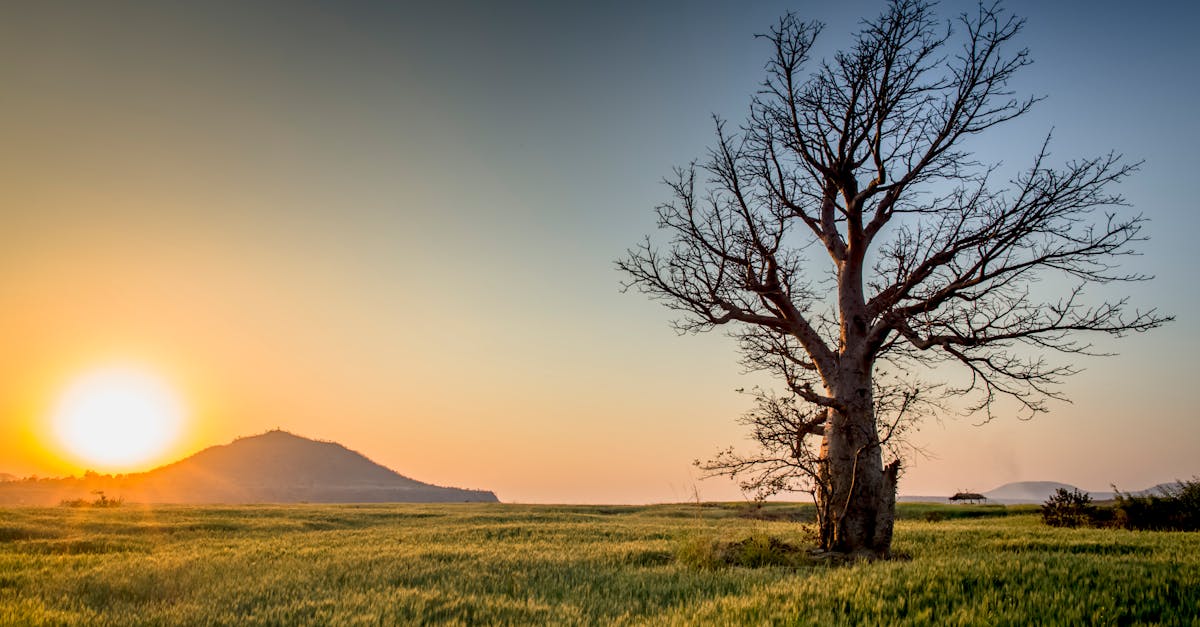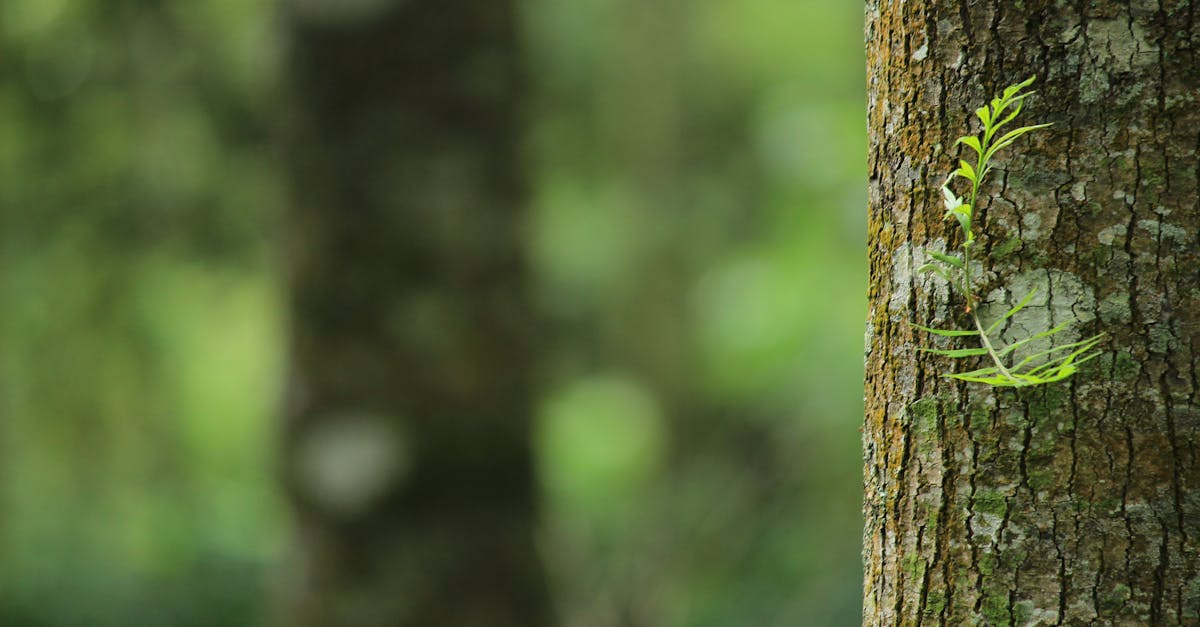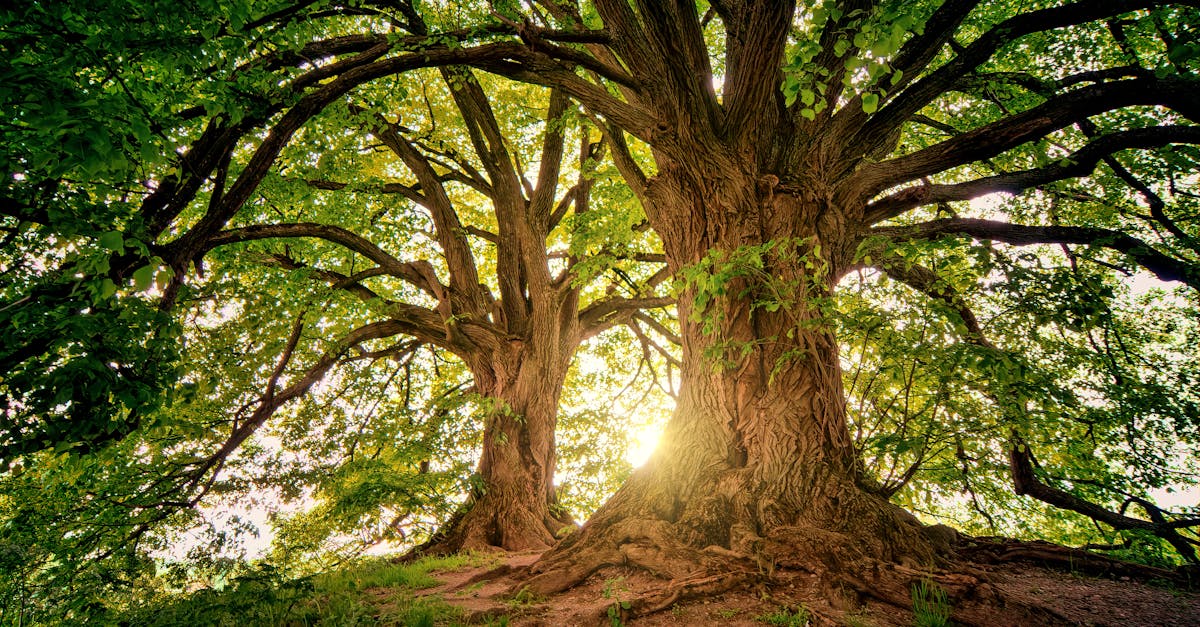
Techniques for Tree Trimming
When it comes to maintaining the health and aesthetics of trees, utilizing proper trimming techniques is crucial. In the realm of arboriculture, understanding the distinction between tree pruning and trimming in Georgia is essential. Tree trimming generally involves the cutting back of overgrown branches to enhance the tree's shape and appearance. When done correctly and at the appropriate times, trimming can aid in promoting overall tree health and growth.
In contrast, tree pruning is a more strategic approach focused on the selective removal of specific branches to improve the tree's structure and health. By targeting damaged or diseased branches, tree pruning in Georgia can prevent potential hazards and encourage new growth. Understanding the nuances between these two practices is fundamental for maintaining the well-being of trees in residential and commercial landscapes.
Selective Pruning Methods for Different Tree Species
When it comes to the delicate process of tree care, it is vital to understand that different species require specific pruning methods to ensure their health and vitality. In Georgia, the diversity of tree species makes it crucial to tailor the pruning techniques to meet the unique needs of each tree. For instance, deciduous trees like oaks or maples benefit from selective pruning that focuses on removing dead or diseased branches while promoting proper canopy growth. On the other hand, evergreen trees such as pine or cedar may need light crown thinning to allow adequate sunlight penetration and air circulation for optimal growth.
Tree Pruning and Trimming in Georgia demand a deep understanding of the distinctive characteristics of various tree species. For fruit-bearing trees like apple or peach, selective pruning is essential to encourage fruit production by eliminating overcrowded branches and shaping the tree for maximum sunlight exposure. In contrast, ornamental trees like dogwoods or magnolias require careful pruning to maintain their aesthetic appeal while ensuring their structural integrity. By employing species-specific pruning techniques, arborists and homeowners alike can foster healthy and vibrant trees that enhance the beauty of Georgia's landscapes.
Frequency of Tree Pruning
Tree Pruning and Trimming in Kennesaw, Georgia are essential practices to maintain the health and aesthetic appeal of your trees. Determining the optimal frequency of tree pruning largely depends on the tree species, its age, location, and overall health. While some trees may require annual pruning to manage growth and prevent potential hazards, others may benefit from less frequent pruning to promote their natural form.
Regular tree pruning not only helps maintain tree health but also enhances their appearance. By removing dead, diseased, or structurally weak branches, you can prevent potential safety risks and promote overall tree vitality. Consulting with a professional arborist in Kennesaw, Georgia can help determine the specific needs of your trees and establish a tailored pruning schedule to ensure their longevity and beauty.
Determining the Optimal Pruning Schedule for Trees
Tree pruning and trimming in Kennesaw, Georgia is essential to maintaining the health and aesthetics of trees. Determining the optimal pruning schedule for trees requires consideration of various factors such as tree species, age, health, and the desired outcome. Young trees typically need more frequent pruning to establish a strong structure and shape, while mature trees may require less frequent but more strategic pruning to maintain their health and appearance.
The optimal pruning schedule for trees also depends on the season and specific goals of the pruning. Generally, the best time for pruning deciduous trees is during the dormant season in late winter or early spring, while pruning of flowering trees is often done right after they flower. By understanding the unique requirements of different tree species and following a tailored pruning schedule, homeowners and arborists in Kennesaw, Georgia can ensure that their trees remain healthy, safe, and beautiful for years to come.
Benefits of Regular Tree Trimming
Regular tree trimming is essential for the overall health and wellbeing of your trees. Through the careful removal of dead or diseased branches, proper airflow and sunlight penetration can be facilitated, promoting the tree's growth and vitality. Additionally, tree trimming helps maintain the tree's shape and appearance, enhancing the aesthetic appeal of your property. Tree Pruning and Trimming in Georgia are vital practices to ensure the longevity and beauty of your trees.
Furthermore, regular tree trimming can prevent potential hazards by eliminating weak or overgrown branches that could pose a risk to your property or safety. By removing these branches proactively, you reduce the chances of them falling during inclement weather conditions, thereby minimizing the risk of property damage or injury. Tree trimming not only safeguards your surroundings but also contributes to the overall well-being of your trees, ensuring they remain healthy and robust for years to come.
Promoting Growth and Preventing Structural Damage
Proper tree pruning and trimming techniques can significantly contribute to promoting healthy growth and preventing structural damage in trees. By carefully removing dead or diseased branches, trees can direct their energy towards developing new, strong growth. This process helps maintain the tree's structural integrity by creating a sturdy framework that can withstand environmental stressors such as strong winds and heavy snow loads.
In Georgia, understanding the principles of tree pruning and trimming is essential for maintaining the health and longevity of trees. Regular maintenance not only enhances the aesthetic appeal of the landscape but also plays a crucial role in reducing the risk of branches breaking and causing potential damage. By engaging in consistent tree care practices, property owners can ensure that their trees remain robust and resilient against various external factors, ultimately contributing to a safer and more visually appealing environment.
FAQS
What is tree pruning?
Tree pruning is the process of selectively removing specific branches or stems to improve the tree's health, aesthetics, or structure.
What is tree trimming?
Tree trimming is the process of cutting back overgrown branches or foliage to maintain the tree's shape, size, and appearance.
What is the main difference between tree pruning and trimming?
The main difference is that pruning involves targeted removal of branches to enhance the tree's health and structure, while trimming focuses on general maintenance to control the tree's size and shape.
How often should tree pruning be done?
Tree pruning frequency varies depending on the tree species, age, and health. In general, it is recommended to prune trees every 3-5 years to maintain their health and structure.
Is tree trimming the same as tree pruning?
While both involve cutting back branches, tree trimming is more about maintaining the tree's appearance and size, whereas tree pruning focuses on the tree's long-term health and structure.


